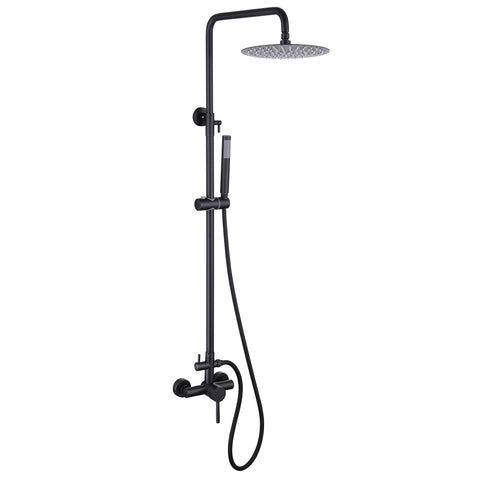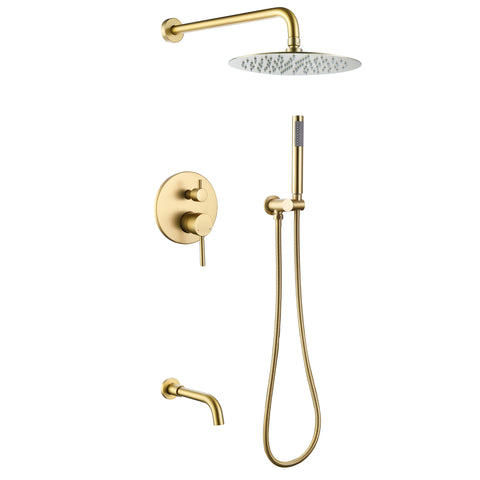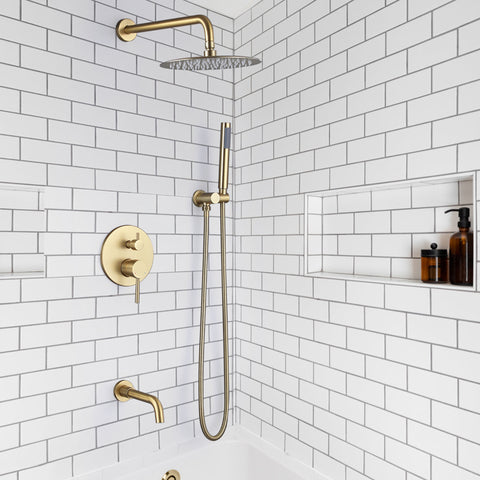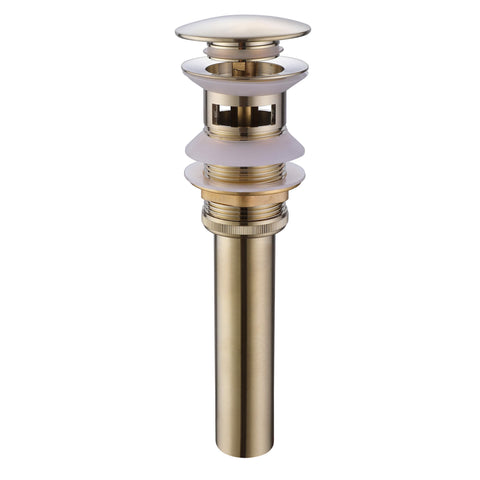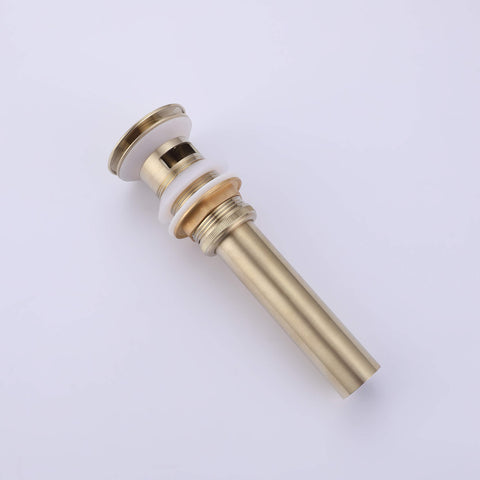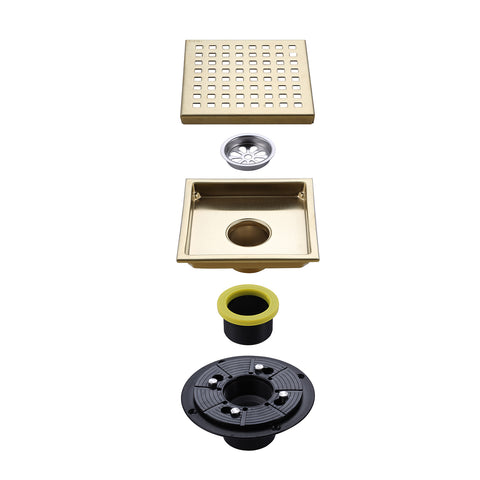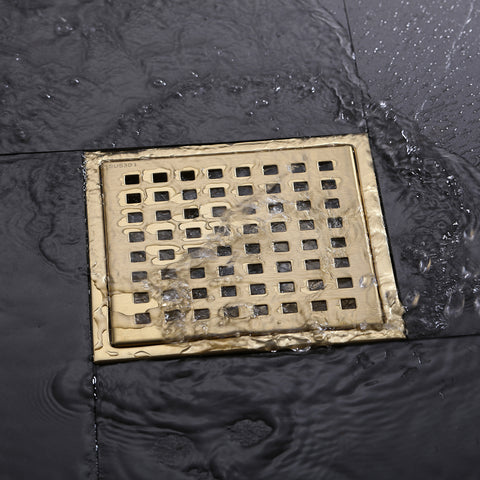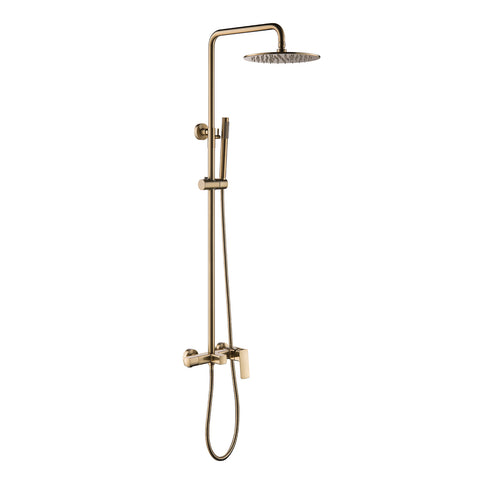How to Fix a Leaky Faucet: Step-by-Step DIY Repair Guide
A leaky faucet can be a nuisance in your home. Not only does it waste water and increase your water bill, but the constant dripping can also be quite irritating. The good news is that fixing a leaky faucet is often a straightforward DIY task that doesn't require advanced plumbing skills. In this guide, we will walk you through the steps to repair different types of leaks in a faucet, so you can regain control over your water usage and enjoy a peaceful, drip-free environment. Widespread Bathroom Faucet
Types of Faucet Leaks
Faucets come in various styles, and each type may experience different types of leaks. Here are the most common bathroom faucet leaks you might encounter:
- Dripping From the Spout: Usually caused by a worn-out washer or cartridge.
- Leaking Around the Base: Indicates a problem with the O-ring or gasket.
- Leaking From the Handle: May be due to a damaged valve stem or cartridge.
- Spraying or Splashing: Often due to a clogged aerator.
Tools You'll Need
- Adjustable wrench
- Screwdriver
- Replacement parts (washer, O-ring, cartridge, etc.)
- Plumber's tape
- Bucket or towel (to catch water)
- Cleaning supplies (for mineral deposits)
Repairing Different Types of Faucet Leaks
Dripping From the Spout:
a. Turn off the water supply.
b. Remove the handle (unscrew or pry off the cap).
c. Take out the cartridge or stem.
d. Inspect and replace the worn washer or cartridge.
e. Reassemble and test for leaks.
Leaking Around the Base:
a. Turn off the water.
b. Remove the handle and cartridge.
c. Replace the O-ring or gasket at the base.
d. Reassemble and test.
Leaking From the Handle:
a. Shut off the water.
b. Remove the handle and valve stem.
c. Replace the damaged stem or cartridge.
d. Reassemble and check for leaks.
Spraying or Splashing:
a. Unscrew the aerator at the tip.
b. Clean thoroughly to remove debris or limescale.
c. Reattach and test flow.
Maintenance Tips
- Clean regularly to avoid mineral buildup.
- Use faucet handles gently—avoid overtightening.
- Fix minor leaks early to prevent bigger issues.
- Install a water softener to reduce scale buildup if you have hard water.
Conclusion
Repairing a leaky faucet doesn't have to be a daunting task. By identifying the type of leak and following the proper steps, you can save on water bills and enjoy a drip-free home. With the right tools and a little patience, most faucet issues can be fixed quickly and effectively. And if needed, don’t hesitate to call a professional for help—your peace and water savings are worth it.
